More than 50 species of birds depend upon grasslands in Virginia
Many of them are in decline
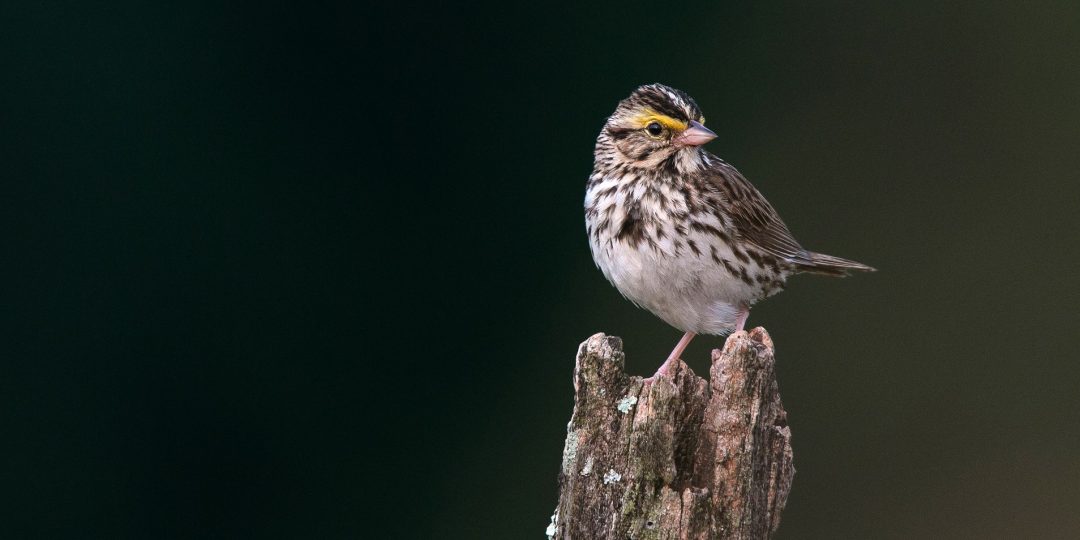
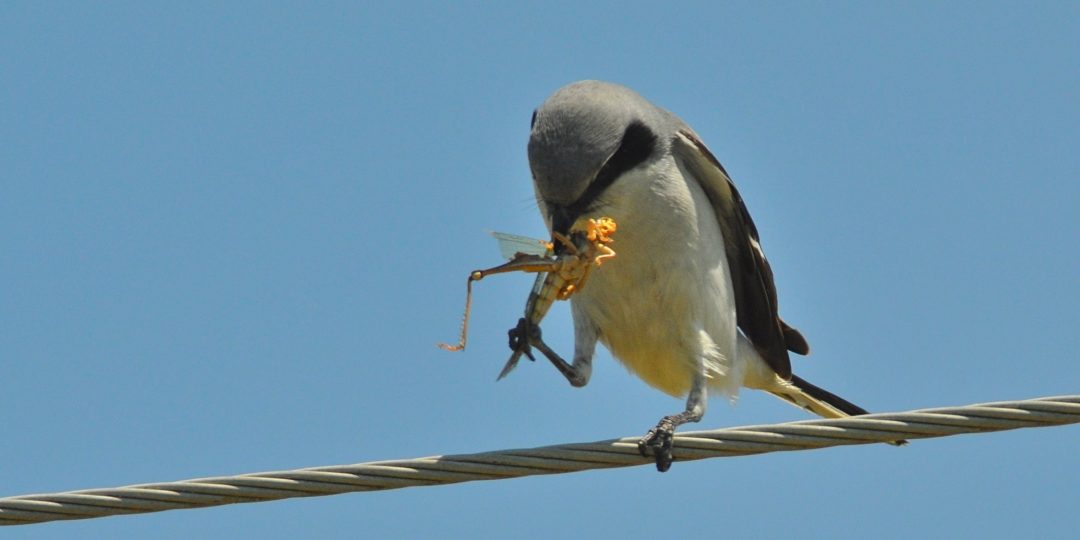
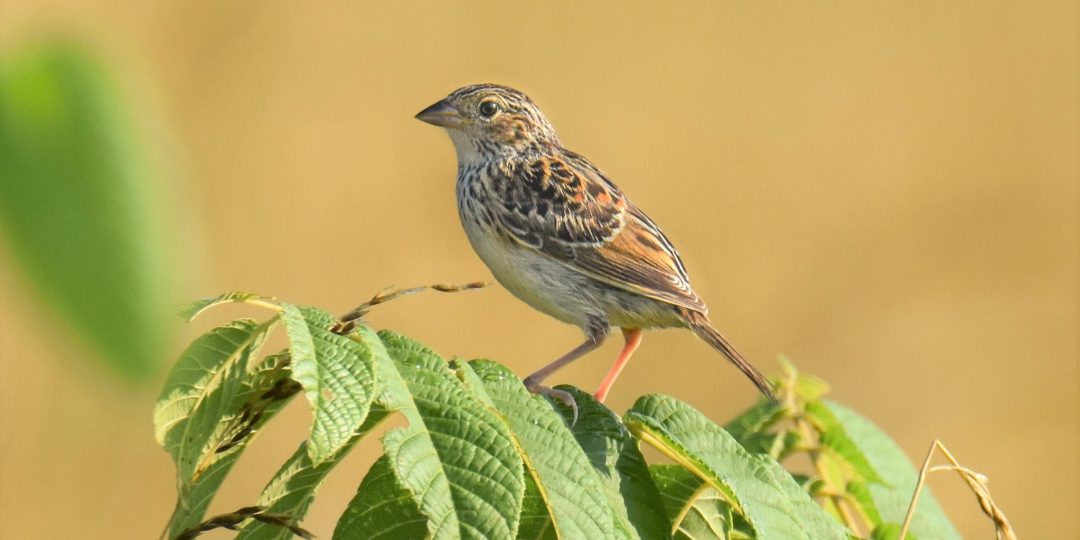
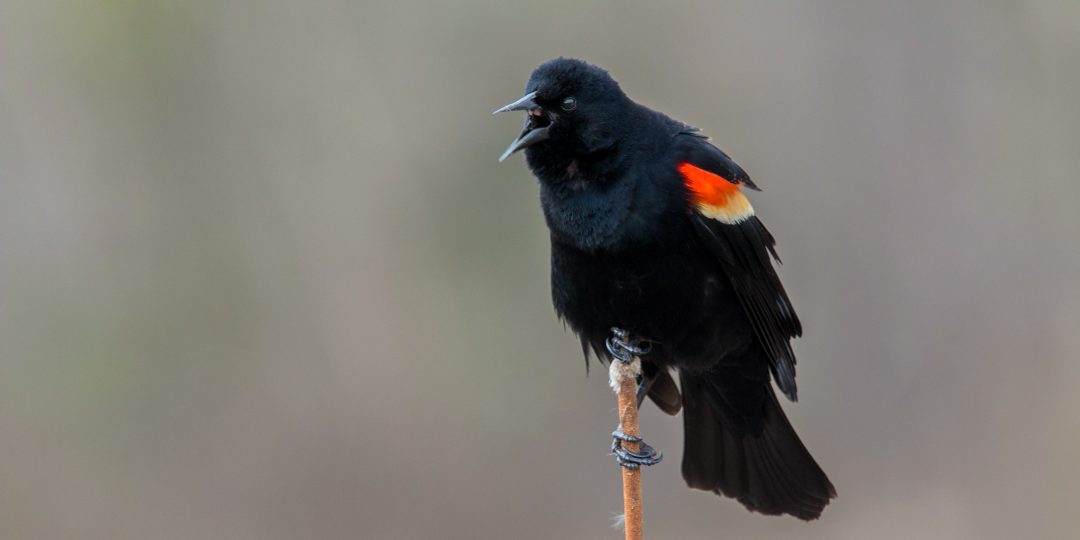
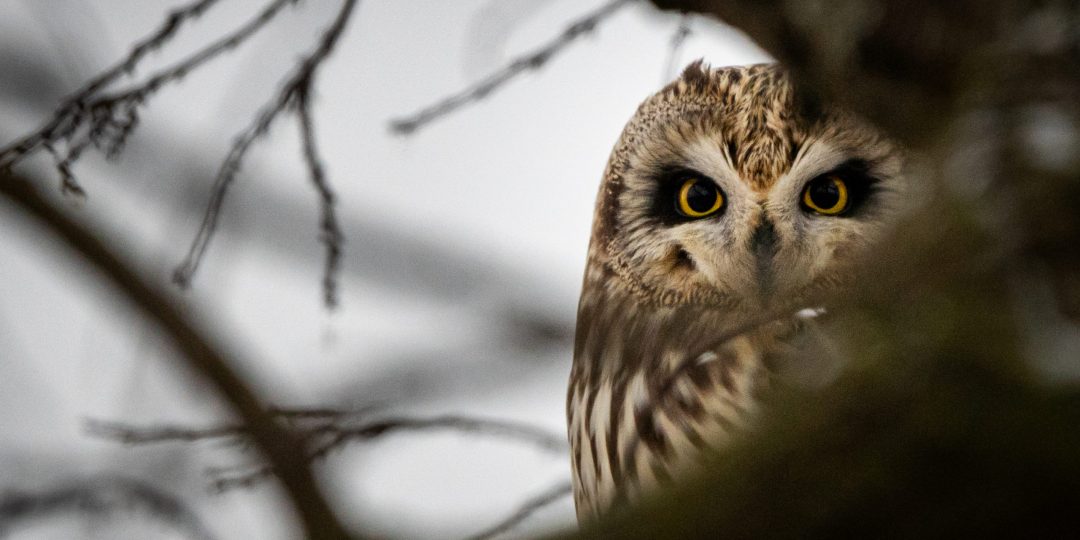
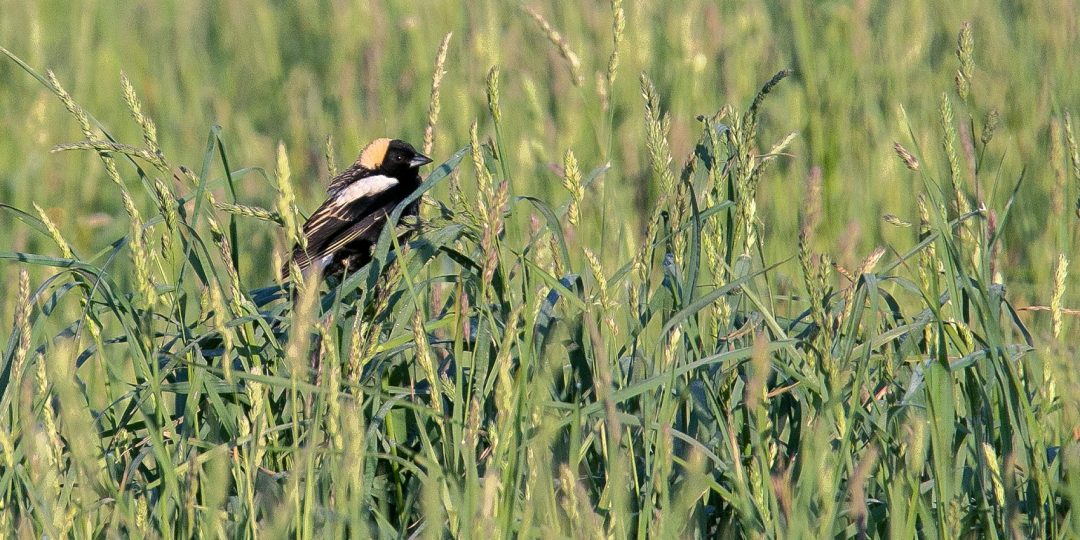
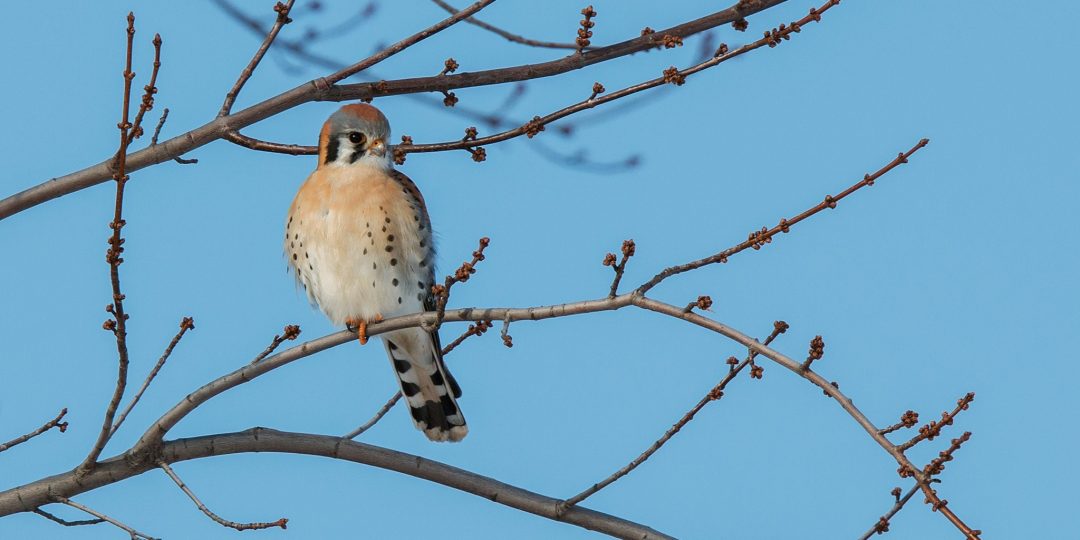
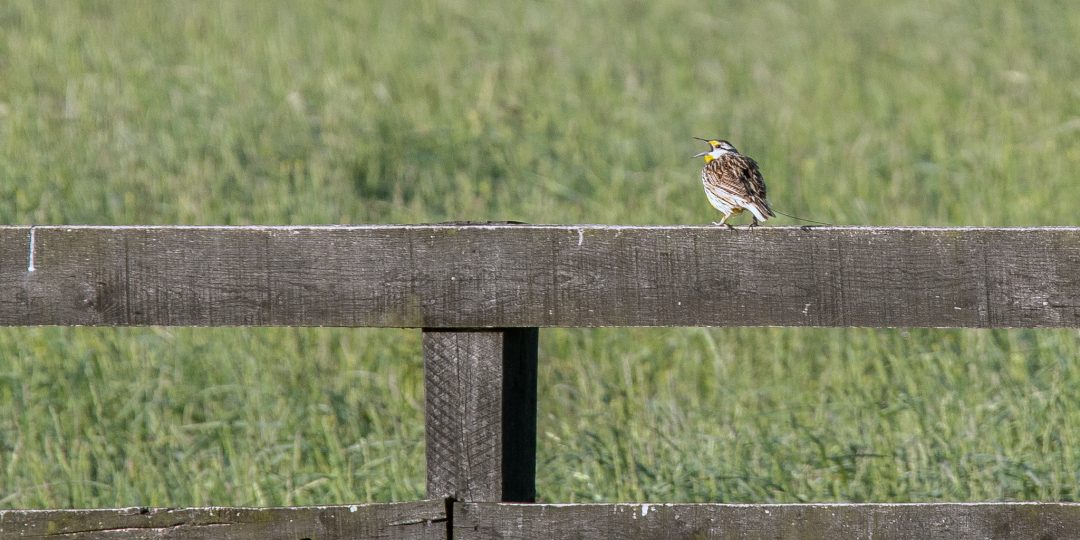
Previous
Next
The plight of grass- and shrubland birds is one that requires an immediate, comprehensive response if we are to reverse the alarming declines being seen across this guild of birds. Birds that depend on grass- and shrubland vegetation for survival have experienced a steeper, more consistent decline than any other group in North America.
Long-term studies have shown declines in 32 of 37 North American grassland-associated species over the past 50 years. Here in Virginia, our region’s priority conservation species, the Northern Bobwhite, has declined by more than 80%, while three out of four of our iconic Eastern Meadowlarks have disappeared. The data are clear: it’s becoming eerily quiet out there, and the ecosystem services that can be lost due to the absence of these birds are imperative for habitats and agriculture to function, and are all but impossible to replicate.
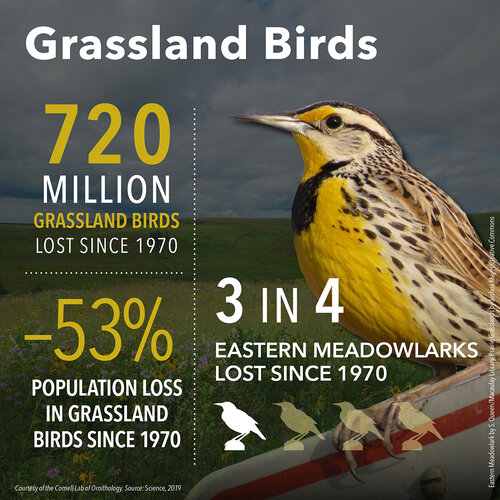
Now with more than 80% of our country’s native grassland ecosystems gone, habitat loss is front and center as a major driver of grassland bird decline. Most of what remains is surrogate habitat in the form of agricultural lands, whose value as habitat for birds has diminished alongside the modernization of equipment and broad-scale application of biocides. For conservation to be effective, we need to focus on working alongside landowners and producers to foster management practices that build back the habitats and resources that these birds—and biodiversity as a whole—need to thrive. Working landscapes provide the platform for big changes in favor of conservation.

